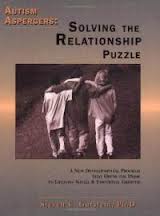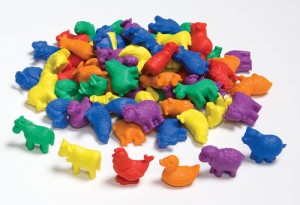January was my month to get organized. February is a month of love, relationships and (most importantly MY BIRTHDAY! Sadly I am way too old to still get excited about my birthday but I do. In keeping with the theme of the month, I thought I could write about some of my favorite games to encourage joint attention, eye contact/eye gaze and general interaction games. February 18-23 I will be having a giveaway each day of my best selling TPT products to celebrate my birthday week with you.
(I have yet to decide if I’m going to reveal my age BUT I can say that I’m at the age where I realized my birthday was on a Saturday!!! and then thought yeah, I’m still staying home.)
The first game is KABOOM which I originally heard menioned in this book
The book was vague in that it just referenced a mother and her child played a variation of Kaboom without any instructions for the game. I was able to find a description of a Kaboom game on a teaching website.
Here is how I played it. I used some animal counters we had at our clinic and put them in a box.
The rules are simple. One color is KABOOM and the other colors are safe. For example, if yellow is the KABOOM color, I would pull out the other colors to establish a routine saying in a calm voice, “Green is safe, Blue is safe, green is safe” etc. After 5-6 safe colors, I pull out a yellow one. Then I just throw the yellow piece in the air and yell KABOOM!!! as loud as I can muster without having the other therapists rush into the room to see what was the matter. The game continues until you are out of pieces.
This is my absolute favorite joint attention game right now. I can use it with difficult clients and see that they are engaged for 5-10 minutes. I’ve also seen immediate improvements in coordinated eye gaze shifts. Plus, we can build in the anticipation that is key in a joint activity routine. (I’m usually REALLY scared that I’m going to pull out a KABOOM color.)
Kaboom is fun to play during articulation or traditional language therapy too. This time you want to stack the pile with more KABOOM pieces. On their turn the student picks a piece. If it’s a Kaboom piece, everyone yells KABOOM and then the student needs to answer a question or say their articulation targets.



